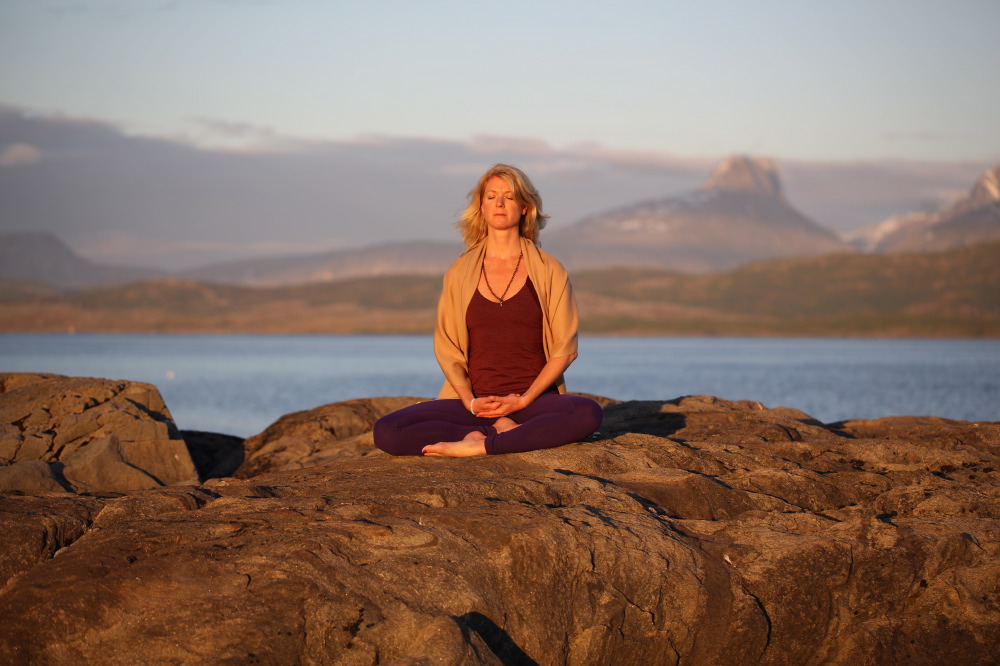
15 Mar Yoga 101 Q&A: What is a basic Pranayama (breathing technique) that I can practice every day?
Dirgha Pranayama (Three Part Breath or Full Yogic Breath), is a very safe and simple practice with profound effect. It can be practiced daily. This Pranayama uses the full capacity of the lungs and allows us to take in more oxygen than we usually do. It helps to calm the nervous system, boosts the immune system, and releases tension around the ribs and chest, amongst others.
It is not recommended to practice this if you recently had any abdominal surgery or have a broken rib. It may be challenging when you have a cold, are congested or have any irritation of the throat or sinuses.
This is how you do it:
- Sit in a comfortable position with a straight spine (you want to give your lungs and belly as much space as possible). If you are sitting on the floor, you may want to sit on a cushion, folded blanket or a yoga block to make it easier to sustain a straight back. Eyes can be open or closed;
- Begin to breathe into your belly. Imagine your belly like a balloon that inflates on your inhale and deflates on your exhale. Breathe like that for a few breaths. Then, on your next inhale:
- Breathe even more air in and allow your rib cage to expand. Imagine it widening 3-dimensionaly (front, sides and back);
- Breathe in another bit as you draw air all the way into the upper lobes of your lungs. As if you let your breath kiss your collarbones;
- On your exhale release your breath from chest, ribs and belly. Gently contract your abdominal muscles at the end of your exhale to squeeze out any remaining air.
Repeat. Initially 1-2 minutes may be plenty. You can practice up to 5 minutes, or as long as feels comfortable.
Be mindful of:
- Keeping the breath fluid. The inhale is one long smooth flow.
- Expanding your ribs requires some effort, especially if your intercostal muscles are tight. However, never let the breath be aggressive.
- If you have never done this before, you could experience some dizziness, just from the extra oxygen you are inviting into your system. This will fade away and is quite normal. It may help to open your eyes and gaze at the floor.
Options:
- If you notice you are a “reverse breather” (i.e. you pull in your belly on the inhale instead of letting it expand), it may be helpful to place your hands on your belly so you can feel the outward movement when you breathe in.
- To make sure you are really expanding your ribs you could place your hands around your rib cage and “press your hands away” with your ribs on your inhale.
- You could do this lying down on the floor. This way you can more easily feel your ribs pressing to the back (i.e. into the floor) and you don’t have to make an effort sitting up straight.